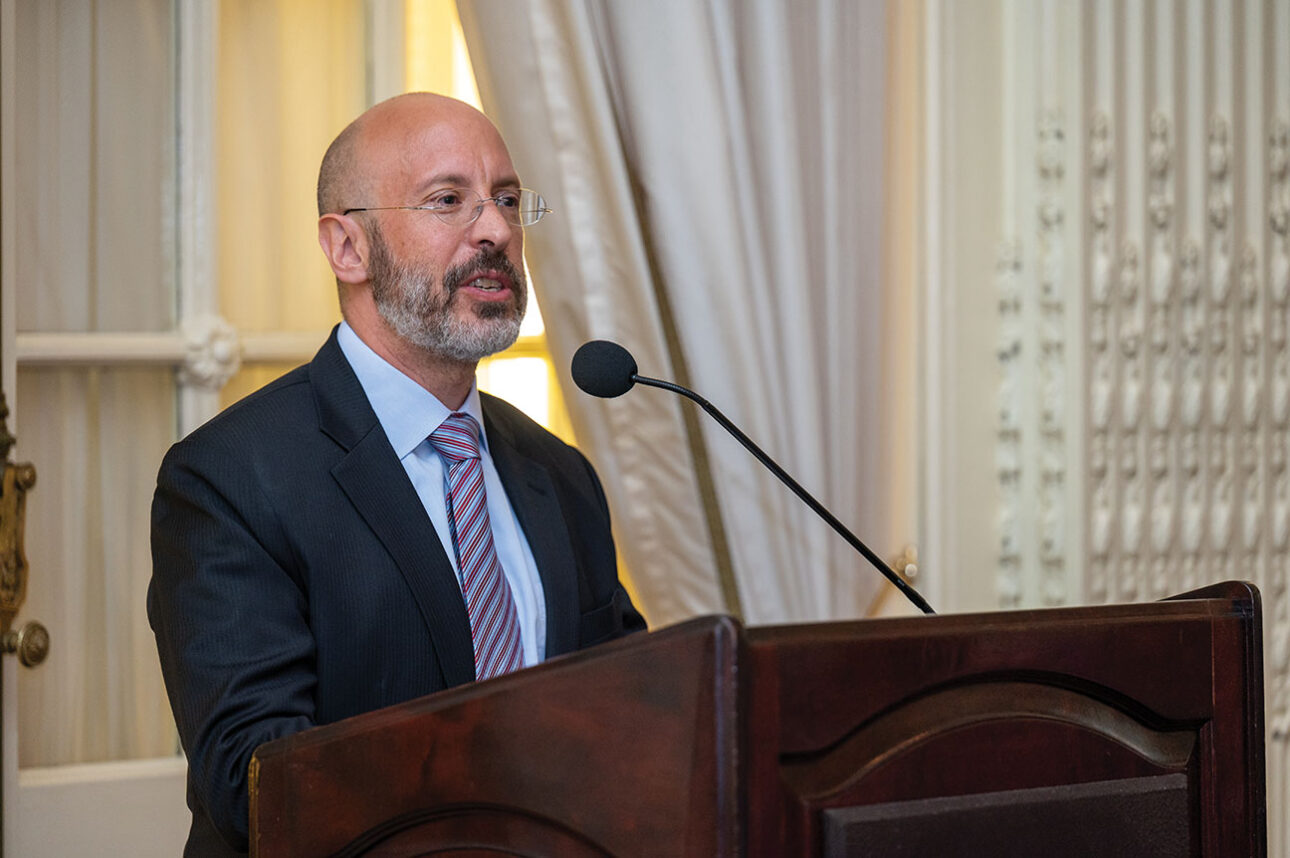Encomiums have poured in from around the world today for the celebrated former Los Angeles Times cartoonist Paul Conrad. The three time Pulitzer Prize winner, who died on Saturday at the age of 86, won renown as a political satirist, whose liberalism was worn as a badge of honor and who never shied away from confronting men and women in power.
But I can’t count myself as one of his admirers. While Conrad, more than almost any other political cartoonist of modern times, gave the concept of the ” editorial cartoon” a certain elan, freeing it from its image as a misplaced comic, he also did considerable damage to the image of the journalist as the objective reporter of truth.
The editorial cartoonist possesses great power. Among us few remaining newspaper readers, with our increasingly strained attention spans, there is a respect for the editorial cartoonist that stretches beyond his real powers of persuasion. We readers might scan images such as photographs and photo-sketches to obtain our opinions on any given subject. With one glance we believe we can absorb the full import of an editorial position, which may well have some bearing in forming our own ideas.
But in this way, complex issues are often reduced to fairly simplistic statements, stripping the issue of a certain gravitas and balance that is achieved in good editorial writing.
The political cartoonist, who does not have many words with which to convey an opinion and is often consigned to a single panel of images, must therefore be careful that his or her positions do not cross the line from commentary into propaganda – a tempting option in such a format.
Conrad rarely exercised this kind of restraint. Inflamed by his liberal sense of injustice he railed at the big and mighty often simply because they were big and mighty.
No more was that the case when it came to the Arab- Israeli conflict. He was unable to appreciate or understand Israel’s need for self defense and repeatedly made provocative comparisons between the IDF and Nazis. After a particularly meaningful use of the Star of David in a cartoon depicting Soviet prisoners of conscience as the equivalent of Jewish prisoners of concentration camps ( September 24, 1972) , he rarely ever employed it again except as a symbol of hate, repression and violence. His cartoon in the Los Angeles Times following the Sabra and Shatila massacres in Lebanon in 1982 ( where he arranged the Palestinian corpses in the shape of Star of David) was beyond the bounds of decency, considering that it was not the Israelis who had perpetrated the killings but the Christian Phalange. As his comment on the Palestinian intifada of the late 80s , he drew a Star of David made of barbed wire and billy clubs. He was a particularly vitriolic enemy of West Bank settlers, whom he often depicted as deranged gun-toting Messianists, bent on killing Palestinians and uprooting olive groves – an accusation which has absolutely no basis in reality. He gave very little time to exploring the violence inherent in Arab society and the emergence of the suicide bomber as the Palestinian weapon of choice.
Years ago I heard a prominent journalist bemoan the fact the journalists no longer seem as concerned with reporting objective truth as with seeing their own idiosyncratic form of justice achieved. This agenda Conrad embraced with gusto. “Don’t ever accuse me,” he once said, “of being objective.”
Given this position it is hard for me to agree that Paul Conrad was one of the giants of Western journalism in the last half of the 20th Century. His brand of “personal journalism” actually did far more damage to the practice of his craft than good. His greatest legacy is not a fearless approach to confronting men and women in power, as much as it is a profound cynicism which now pervades his profession and has brought it increasingly into disrepute.






















 More news and opinions than at a Shabbat dinner, right in your inbox.
More news and opinions than at a Shabbat dinner, right in your inbox.